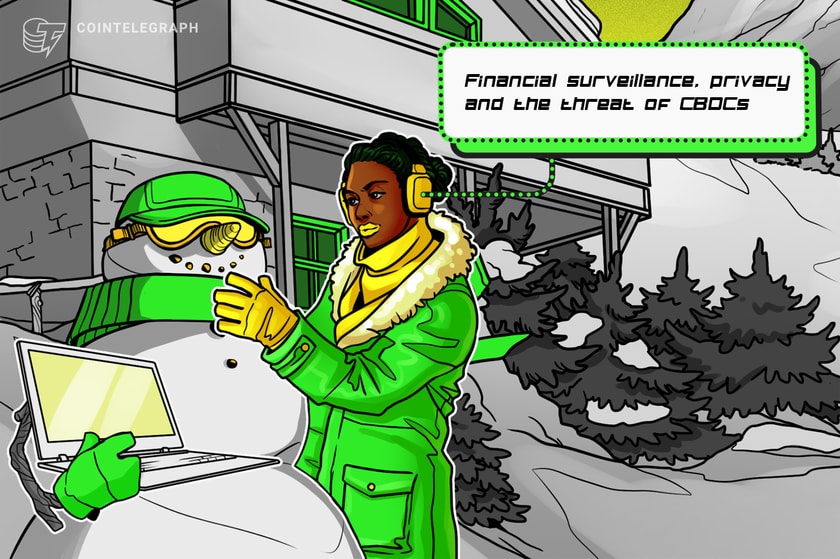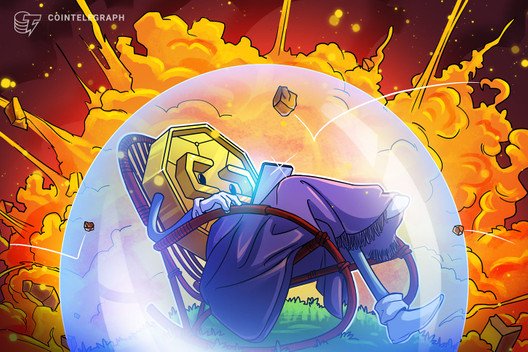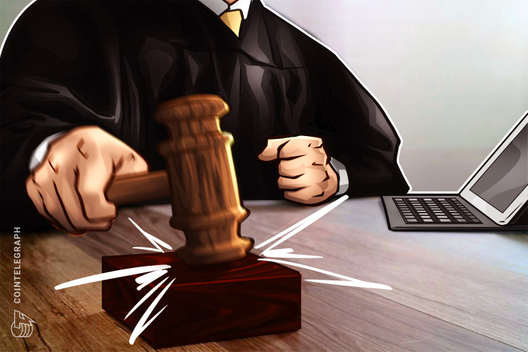Mazars says users’ BTC reserves on Binance are fully collateralized
The scope of the AUP was limited to users’ BTC holdings on Binance.
282 Total views
1 Total shares

Own this piece of crypto history
Collect this article as NFT
According to a new document published on Dec. 7, South-African auditor Mazars confirmed that cryptocurrency exchange Binance possessed control over 575,742.42 of customers’ Bitcoins (BTC) worth $9.7 billion at the time of publication. Through the process, Mazars stated that “Binance was 101% collateralized.”
The scope of the inquiry included customers’ spot, options, margin, futures, funding, loan, and earn accounts for Bitcoin and wrapped Bitcoin (WBTC). Aside from the Bitcoin network, BTC wrapped on Ethereum, BNB Chain, and Binance Smart Chain were also included in the inquiry.
As part of its proof-of-reserves pledge, Binance requested an agreed-upon-procedures (AUP), or an audit that is limited in scale, as of Nov. 22. Commenting on the results, Mazars wrote that:
“We make no representation regarding the appropriateness of the AUP. This AUP engagement is not an assurance engagement. Accordingly, we do not express an opinion or an assurance conclusion. Had we performed additional procedures, other matters might have come to our attention that would have been reported.”
As disclosed in its procedures, Mazars independently obtained the nominal value of Binance customers’ assets by testing a variety of wallet addresses controlled by the exchange. Auditors asked Binance to transfer assets to designated addresses and back in order to verify proof of ownership. In addition, the firm used its software to aggregate client data it obtained and computed the Merkle Root Hash. This allowed Binance’s clients to verify their Merkle Leaf independently and cryptographically as being part of the Merkle Root.
“We have complied with the relevant ethical requirements. For the purpose of this engagement, there are no independence requirements with which we are required to comply”









